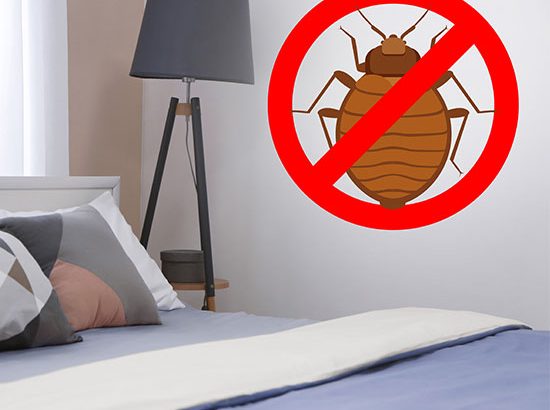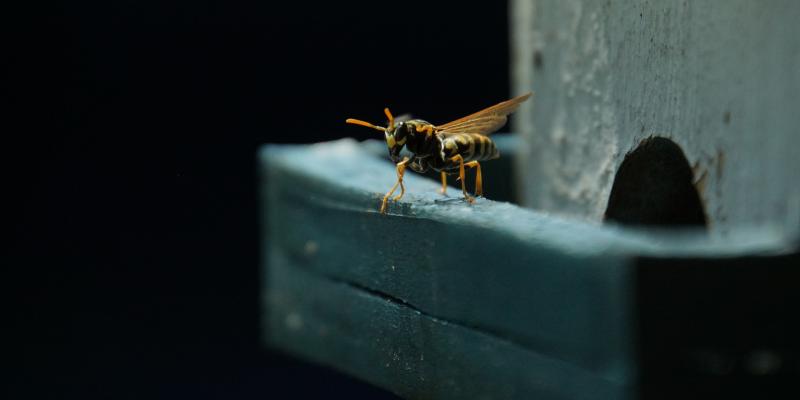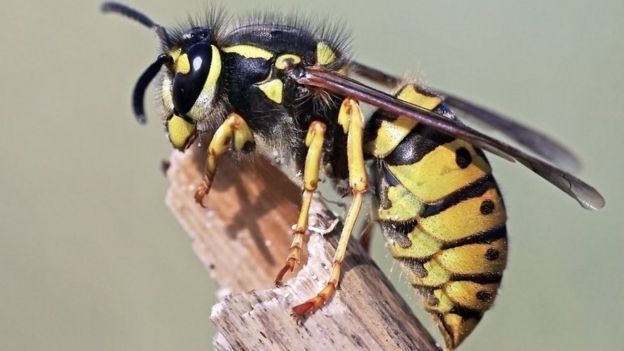How do professional pest control exterminators kill bedbugs?
You’ll find far too many articles on the internet regarding DIY methods for getting rid of insects. For bed bugs too, you can find hundreds of home remedies, but none work as well as professional pest control exterminators. Bed bugs are such parasites that are as tiny as a millimetre and they grow up to the maximum size of an apple seed.
This size makes it difficult for us to know whether we’ve got rid of them or not. At the same time, they can go for as long as 5 months without a blood meal. So, there you are thinking you aren’t being attacked, so there aren’t bed bugs. Once you’ve suspected them, please, please, please call professional pest control exterminators.
How professional pest control exterminators kills bedbugs?
You’re probably wondering why we’re saying to get help when it comes to bed bugs. Firstly, professional know the best chemicals to be used that will kill bed bugs. Secondly, the best pest control brands won’t leave a single bed bug behind. Doing that is almost impossible when it comes to home remedies.
Thorough Inspection
Professional pest control exterminators should always survey and inspect before acting. Similarly, the technicians check for suspected infestations before acting on them
Injection of chemicals
This is the main part of the pest control service. Here, we spray a mild odour pesticide in your bedroom/hall or any other room that has the infestation. Again, the chemicals we use are all government-approved and possess no health threats to family members. However, it’s best if family members stay away for a while after the pesticides are applied.

PEST CONTROL
YOUR FAMILY
From ants that carry salmonella and bed bugs to wasps and venomous spiders, pests can threaten the health and safety of your family. Our proven, award-winning service delivers peace of mind.
YOUR HOME
Each year termites and other wood-destroying pests do billions of dollars of damage to American homes. protects your largest investment with the most effective and thorough service available.
YOUR WORLD
Protecting you and your home from pests doesn’t have to harm the Earth. We use products that are environmentally friendly, soft on beneficial insects and safe for children and pets.
There’s nothing more frustrating than paying for a service that gives you little to no value. Yet, we talk to hundreds of people every day that are doing just that. They have a pest control service yet still have bugs
Exterminator Bug Guide
Our Pest Guide contains information on common household insects and pests in our area. Specializing in termite treatment and rodent removal.
Hate Bugs?
Do you hate seeing bugs, spiders, rodents, bees or mosquitoes flying around your home? Then you’ll love Pest Control. We know insects and rodents have their place, but they don’t belong in your home or business
Four Season’s Protection Plan is an innovative solution to household pest problems. Our Truly-Trained professionals combine advanced, proactive treatments with pests’ seasonal behavior to keep your home Truly Protected year round
Known for making their nests in wood structures, carpenter ants can cause extensive damage to your home. Considered one of the most serious structural pests, carpenter ants are active year-round. We start with a thorough inspection of your home’s interior and exterior to identify active infestations and assess damage
provides reliable, consistent service through timely routine treatments sensitive to our customers’ work schedules and clientele. Our treatments utilize environmentally conscious materials with long residual life. Specific treatment approaches to each commercial zone are used and programs are designed to address the specific needs of our clients and industry.
Complete Rodent Control “CRC” program focuses on trapping and removing the exising rodents and preventing new rodents and mice from re-entering your home. We can sanitize, remove the soiled insulation and re-insulate your home.
Become an Exterminator
To become a certified Exterminator, you must:
Complete the application form and return it with payment of $165.00 to: Pesticide Training and Certification, University of Guelph Ridgetown Campus.
Review the study materials that will be sent to you. You will receive a which contains information relevant to all exterminators and a Licence Category Specific Module which contains information relevant to each new licence class.
Write the certification examination at a convenient date and location in your area. The certification exam is multiple choice and is made up of two parts. Each part consists of 50 questions. The Core Manual exam is one-hour, closed book; the Licence Category Specific Module exam is one and a half hours, open book.
Successfully complete the exam with a pass mark of 75% or greater on both parts of the exam. You will then receive a letter of certification; you must send a copy of this letter to the MInistry of the Environment, Conservation and Parks (MECP) when you apply for a Pesticide Exterminator Licence.
If you fail on your first attempt, you have one year to rewrite the exam. You are allowed a maximum of two more attempts during the 12 months, with no more than two attempts in any six month period. The exam rewrite fee for failures is $40.00.
You must apply to the MInistry of the Environment, Conservation and Parks for your Pesticide Exterminator Licence within one year of obtaining certification. The licence fee is $90 for five years.
PEST CONTROL
Household pests are more than just a nuisance—they can be a serious problem. Roaches, ants, rodents, and other pests can lead to health problems, allergies, food contamination, and damage to your home and furnishings.
TERMITE CONTROL
Termites cause more than a billion dollars of damage each year in the United States, which is more than fire, flood, and other natural disasters combined.
BED BUG MANAGEMENT
Bed bug infestations are on the rise with many pest control companies reporting 50% more bed bug calls than usual in the last few years.
MOISTURE CONTROL
Foundation moisture, wood-decay fungi, and termites and other wood destroying insects can all cause extensive damage to your home within just a few years.
RODENT MANAGEMENT
Rodents live mainly outdoors in spring and summer, but once fall and winter arrive, they move inside to find warmth and food.



